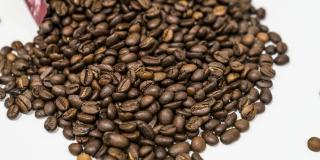
Europe has a large market for coffee and offers interesting opportunities. The growing speciality coffee market in Europe offers interesting opportunities. In this market, we advise you to compete on quality and establish long-term relationships.
The European coffee market is constantly changing. Speciality coffees, organic coffees, single-serve methods and ready-to-drink coffees are becoming popular. Sustainability is a priority for the coffee industry. Europeans want to know where their coffee comes from. This boosts the direct trade between producers and European roasters.
Read our market information and tips carefully. They can help you export coffee to the European market.



